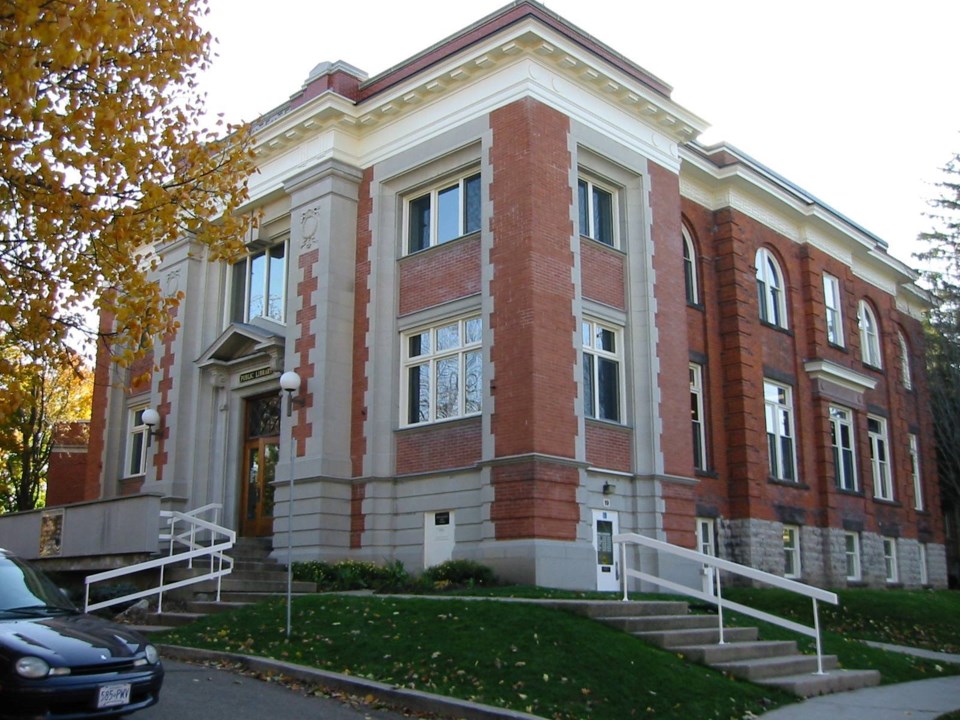A new ad-hoc committee has been created to address a severe space-deficit at Stratford Public Library.
CEO Krista Robinson told StratfordToday that the new ad-hoc library space committee will meet in the coming weeks. Its primary goal is to advocate with Stratford City Council and drum up community buy-in for a library expansion of some kind.
The SPL’s only location at 19 St. Andrew St. is severely undersized. According to a space needs study conducted by architecture and design company Lemay, and included at an early library board meeting, the library is undersized by 70 per cent.
Currently, SPL has 12,472 metric square feet at their location. For a population of Stratford’s size, the library should have about 20,000 more square feet.
At Tuesday's library board meeting, the board approved the terms of reference for the committee, which will consist of board members David Mackey, Philip Connolly, Kaitlyn Kochany, and other board members as needed.
Additionally, the terms of reference states that board chair Michael Corbett will also be a member of the committee and that Robinson, the technology and operations manager at the library, and other library staff will assist the committee.
The committee will review consultation reports, assist with advocacy work, and provide governance advice or recommendations to the board.
According to the terms of reference, the committee will meet as necessary and will conduct business through a variety of means: email, telephone, or virtual meetings. A record of meetings will be kept and minutes will be available.
In the Lemay-study, numerous options for moving forward are listed. All of them see the library as expanding out from its current location. The Grand Trunk Block, the Normal School, and “big box” opportunities in the east end of the city were identified as possible avenues of expansion.

.png;w=120;h=80;mode=crop)

